Government Initiatives and Funding
Government initiatives aimed at improving organ donation rates and transplantation services are playing a pivotal role in shaping the Organ Transplantation Market. Various countries are implementing policies that promote organ donation, including financial incentives for donors and their families. Additionally, increased funding for transplantation research and infrastructure development is enhancing the capabilities of healthcare systems to perform more transplants. For instance, some governments have allocated millions in funding to support organ transplant programs, which has led to improved outcomes and increased transplant volumes. These initiatives not only bolster the Organ Transplantation Market but also ensure that more patients receive the life-saving transplants they need.
Increasing Incidence of Organ Failure
The rising prevalence of chronic diseases such as diabetes and hypertension contributes significantly to the increasing incidence of organ failure. This trend is likely to drive the demand for organ transplantation procedures. According to recent statistics, the number of patients awaiting organ transplants continues to grow, with estimates suggesting that over 100,000 individuals are on waiting lists in various regions. This situation underscores the urgent need for effective solutions within the Organ Transplantation Market, as healthcare systems strive to address the gap between organ supply and demand. As the population ages and lifestyle-related health issues become more common, the Organ Transplantation Market is poised for expansion, necessitating innovative approaches to organ procurement and transplantation.
Rising Public Awareness of Organ Donation
Public awareness campaigns regarding the importance of organ donation are gaining momentum, positively impacting the Organ Transplantation Market. Educational initiatives aimed at dispelling myths and misconceptions about organ donation are fostering a more informed public. As a result, there has been a noticeable increase in the number of registered organ donors. Reports indicate that countries with robust awareness programs have seen donor registration rates rise by as much as 30%. This surge in donor registrations is crucial for addressing the organ shortage crisis and is likely to enhance the operational dynamics of the Organ Transplantation Market. The growing acceptance of organ donation as a life-saving measure is expected to further stimulate market growth.
Advancements in Transplantation Technology
Technological innovations in the field of organ transplantation are transforming the landscape of the Organ Transplantation Market. Developments such as improved organ preservation techniques, enhanced surgical methods, and the use of artificial organs are becoming increasingly prevalent. For instance, the introduction of machine perfusion technology has shown promise in extending the viability of donor organs, thereby increasing the number of successful transplants. Furthermore, the integration of artificial intelligence in matching donors with recipients is streamlining the transplantation process. These advancements not only enhance patient outcomes but also contribute to the overall growth of the Organ Transplantation Market, as they facilitate more efficient and effective transplant procedures.
Ethical Considerations and Regulatory Frameworks
The evolving ethical considerations surrounding organ transplantation are influencing the regulatory frameworks that govern the Organ Transplantation Market. As the demand for organs rises, regulatory bodies are tasked with ensuring that organ procurement and transplantation processes are conducted ethically and transparently. This includes establishing guidelines for donor consent and equitable distribution of organs. The implementation of stringent regulations is likely to enhance public trust in the organ transplantation system, thereby encouraging more individuals to consider becoming donors. As ethical standards continue to evolve, they will shape the operational landscape of the Organ Transplantation Market, ensuring that it remains aligned with societal values and expectations.
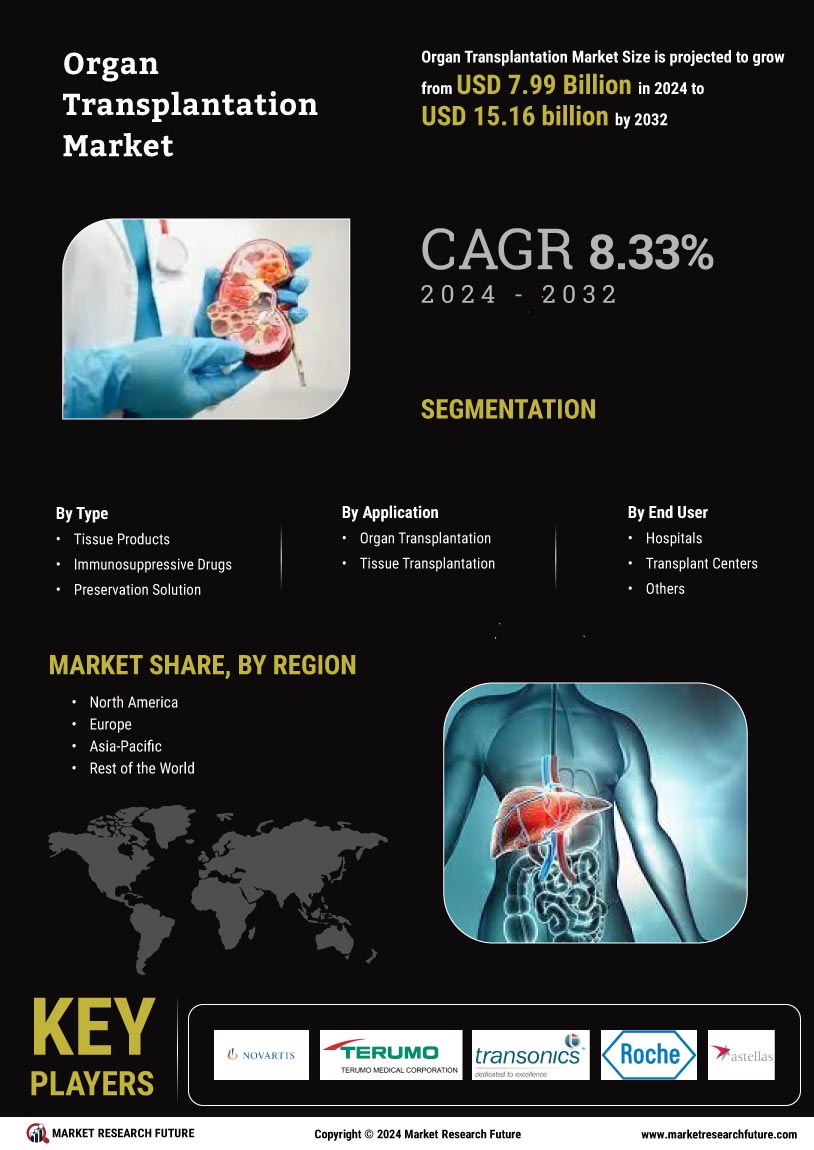

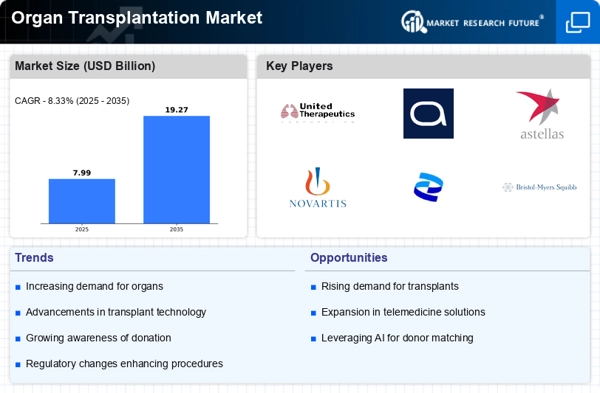
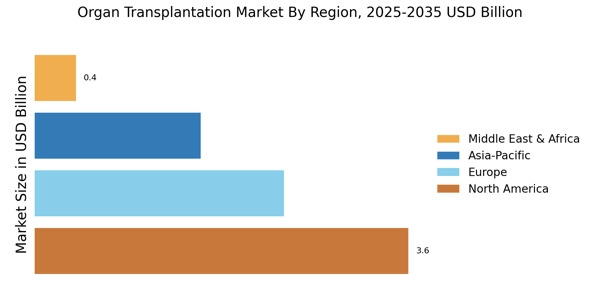
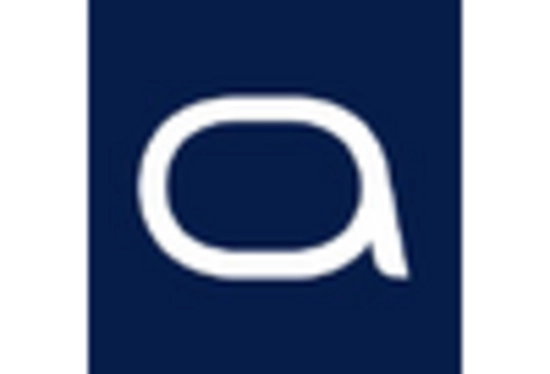
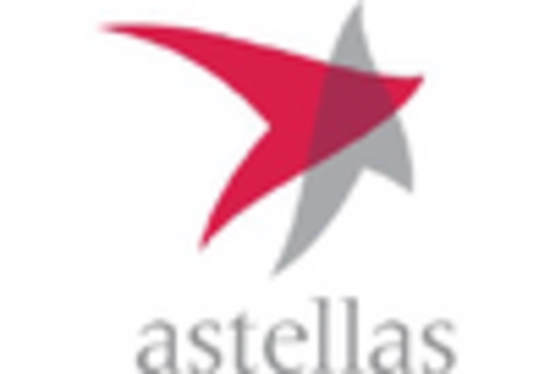
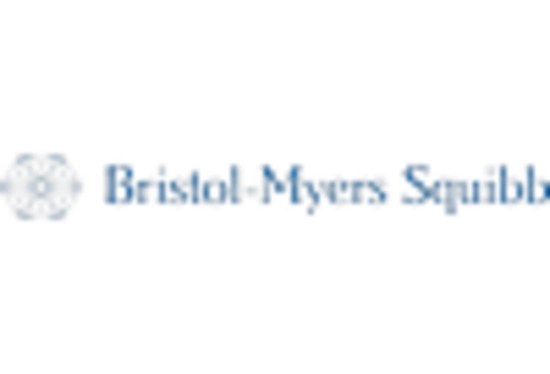
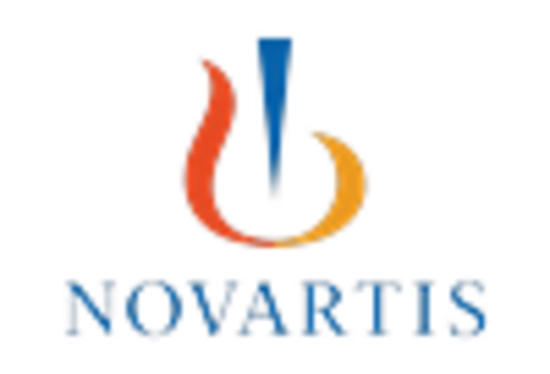

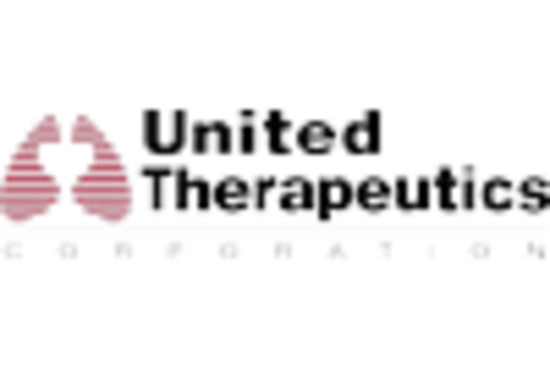








Leave a Comment